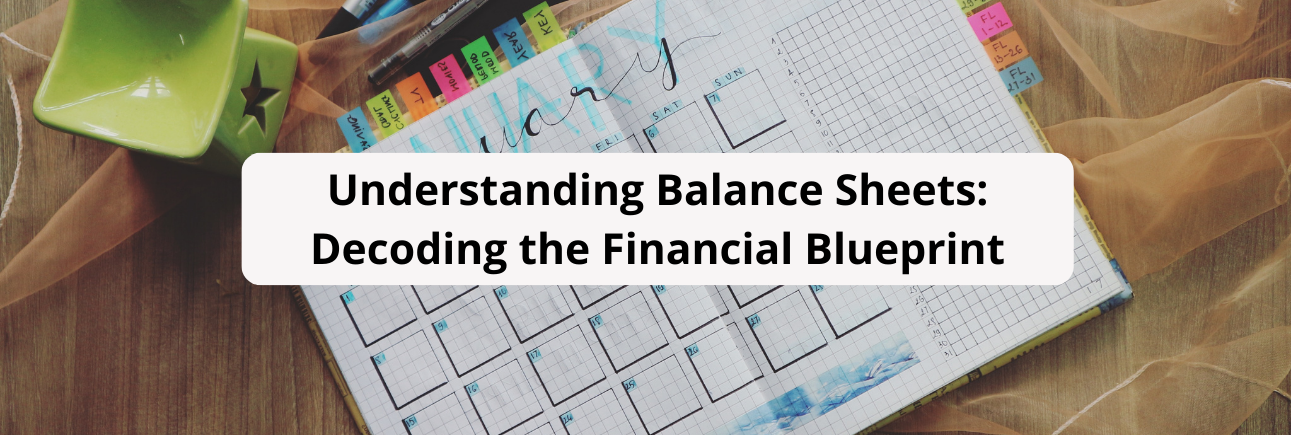

A balance sheet is a financial statement that provides a snapshot of a company's assets, liabilities, and equity at a specific point in time. It is one of the three main financial statements, along with the income statement and cash flow statement.
The assets section of the balance sheet lists the company's resources, such as cash, accounts receivable, inventory, and property, plant, and equipment. The liabilities section lists the company's debts, such as accounts payable, notes payable, and long-term debt. The equity section represents the company's net worth, which is the difference between its assets and liabilities.
The basic equation underlying the balance sheet is Assets = Liabilities + Equity. This equation means that a company's assets must always equal its liabilities plus its equity.
There are two main types of balance sheets: the chronological balance sheet and the functional balance sheet. The chronological balance sheet lists the assets and liabilities in order of liquidity, from the most liquid (cash) to the least liquid (long-term debt). The functional balance sheet groups the assets and liabilities according to their function, such as current assets, fixed assets, and liabilities.
The balance sheet is a valuable tool for investors, creditors, and other stakeholders to assess a company's financial health. By analyzing the balance sheet, you can learn about the company's assets, liabilities, and equity, as well as its liquidity, solvency, and financial flexibility.
The balance sheet is a complex financial statement, but it is an essential tool for understanding a company's financial health. By understanding the key components of the balance sheet, you can gain valuable insights into a company's operations, financial obligations, and financial strength.